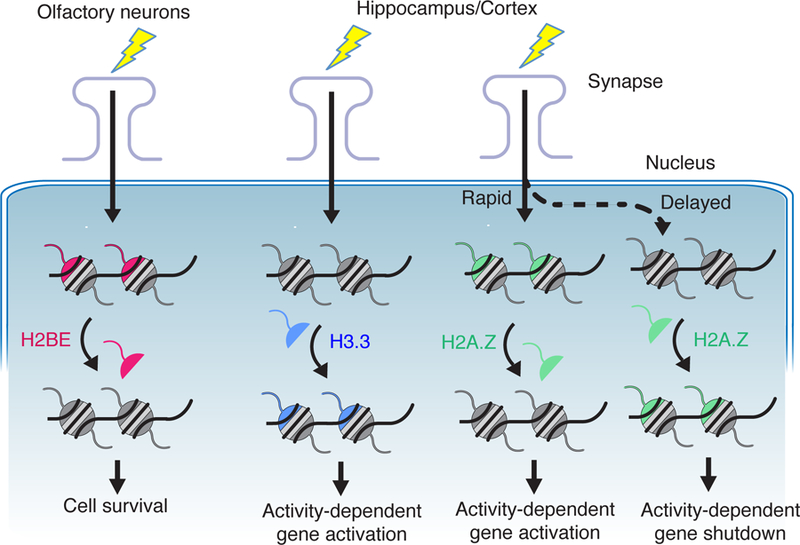Figure 2. The role of histone variants in neurons.

The histone variants H2BE, H3.3 and H2A.Z are involved in various aspects of neuronal function. In olfactory epithelial neurons, the variant H2BE is expressed at low levels in active neurons and at high levels in inactive neurons and regulates cell survival [20]. The variants H3.3 and H2A.Z are expressed throughout the brain and have opposing effects on the neuronal response to activity. Increased activity results in greater expression of H3.3, which contributes to activity-dependent gene expression [24**, 29]. H2A.Z is initially evicted from chromatin in response to activity which promotes gene activation and later is deposited in chromatin to shut down gene expression [21**, 22, 23, 24**,25,26**,27].
